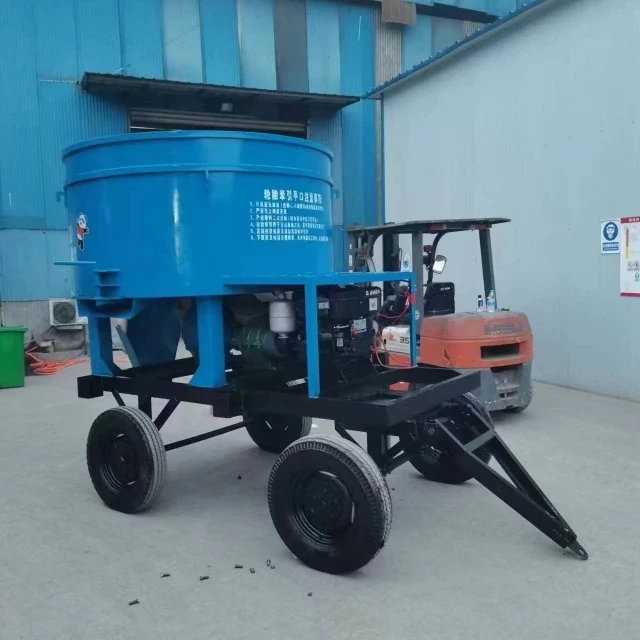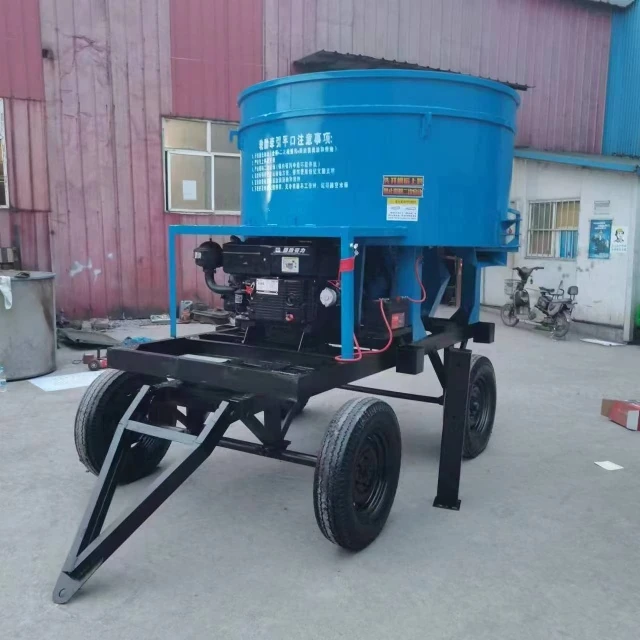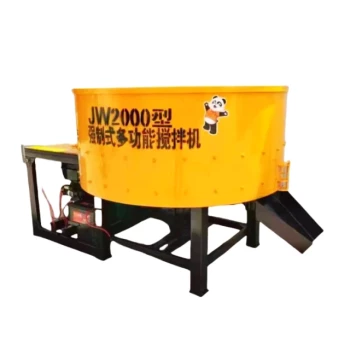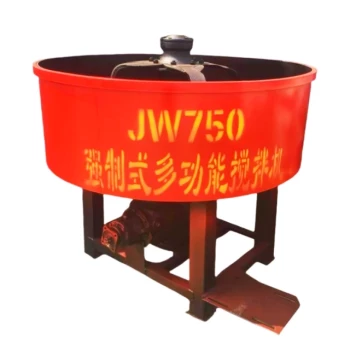Every construction professional knows the frustration of inconsistent concrete batches. Whether it's visible segregation or failed slump tests, non-uniform mixing in flat mouth mixer trucks can derail project timelines and budgets. This guide reveals the operational science behind perfect homogeneity, backed by ASTM standards and field-tested practices.
The Science Behind Concrete Homogeneity
Concrete mixing isn't just about blending materials—it's a precision dance of physics and chemistry. The goal? A uniform distribution where every cubic centimeter contains identical ratios of cement, aggregates, and water.
Why homogeneity matters:
- Prevents weak spots in structures
- Ensures consistent slump workability
- Reduces waste from rejected batches
Ever wondered why some mixer trucks produce perfect batches while others struggle? The secret lies in three factors: blade design, rotational force, and mixing duration.
ASTM standards quantify homogeneity through strict tolerances:
- ≤1.6% variance in mortar unit weight
- ≤25-38mm slump deviation
- ≤6% coarse aggregate difference
Pro Tip: Sample concrete at both mid-discharge and final discharge points to verify uniformity across the entire batch.
Key Operational Parameters for Effective Mixing
1. Optimizing Rotation Speed
Field studies show flat mouth mixers achieve best results at 12-18 RPM. Too slow? Materials stratify. Too fast? Centrifugal force causes segregation.
2. Loading Sequence Matters
Follow this proven loading protocol:
- 30% coarse aggregates
- 50% cement + fine aggregates
- 20% water + admixtures
- Remaining coarse aggregates
Did you know? Loading all materials simultaneously increases mixing time by up to 40%.
3. Minimum Mixing Duration
- 70-100 revolutions at design speed
- Never less than 90 seconds total mixing
How Uniform Mixing Impacts Construction Timelines
Case Study: The $220,000 Overrun
A highway project faced these consequences from poor mixing:
- 14% of batches failed slump tests
- 3-day delays waiting for replacement concrete
- Premature cracking in 8 bridge piers
Financial impact:
- $58,000 in wasted materials
- $162,000 in labor/equipment idle time
Best Practices for Mixer Truck Maintenance
Blade Maintenance Checklist
- Inspect wear patterns monthly
- Replace blades showing >5mm edge rounding
- Balance blade sets to prevent vibration
Drum Cleaning Protocol
After each pour:
- Perform 2-minute water rinse
- Scrape accumulated buildup
- Run empty at 14 RPM for 30 seconds
Visual metaphor: Think of your mixer drum like a chef's whisk—dirty or bent tools never produce consistent results.
Actionable Takeaways
- Monitor RPM religiously—install digital tachometers if needed
- Train drivers on loading sequences and minimum mix times
- Implement sampling per ASTM C94 standards
For projects demanding absolute consistency, consider pairing your mixer trucks with Garlway's precision winch systems to streamline material handling.
Uniform mixing isn't just about quality control—it's about protecting your reputation and profit margins. By mastering these operational nuances, you'll transform your mixer trucks into reliable quality assurance tools.
Related Products
- HZS75 Concrete Batching Plant Cement Mixer Price Concrete Mixer Bunnings Mixing Plant
- HZS180 Ready Mix Concrete Plant for Foundations with Sand and Cement
- HZS35 Small Cement Concrete Mixing Batch Plant
- Hydraulic Concrete Mixer Machine Cement Mixing Equipment for Mixture Concrete
- Ready Mixer Machine for Construction Ready Mix Machinery
Related Articles
- How Commercial Concrete Mixing Plants Cut Costs and Boost Project Flexibility
- How to Choose Between Concrete and Stabilized Soil Mixing Plants for Optimal Project Performance
- How to Protect Concrete Mixing Stations From Extreme Weather Damage
- How to Prevent Cold-Weather Lubrication Failures in Concrete Mixing Stations
- How to Prevent Water Supply Freezing in Concrete Mixing Stations: Winter-Proof Strategies





















